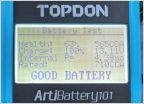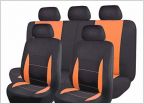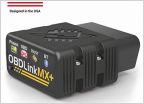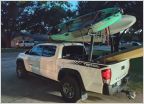-
Welcome to Tacoma World!
You are currently viewing as a guest! To get full-access, you need to register for a FREE account.
As a registered member, you’ll be able to:- Participate in all Tacoma discussion topics
- Communicate privately with other Tacoma owners from around the world
- Post your own photos in our Members Gallery
- Access all special features of the site
OVTune 3.5L Tacoma Supercharger and Twin Turbo Systems
Discussion in '3rd Gen. Tacomas (2016-2023)' started by OVTune, Sep 2, 2018.
- Thread Status:
- Not open for further replies.
Page 307 of 606
Page 307 of 606
- Thread Status:
- Not open for further replies.


 AGM Battery Question - New Battery at 63% Health
AGM Battery Question - New Battery at 63% Health Recommendation for hammock style rear seat cover (for my dog)
Recommendation for hammock style rear seat cover (for my dog) Heated Seat Covers
Heated Seat Covers OBD2 Scanner Questions
OBD2 Scanner Questions Tonneau Cover cleaner
Tonneau Cover cleaner Locking Fishing Rod Holders
Locking Fishing Rod Holders

































